|
Highland Tiger…Saving the forgotten cat
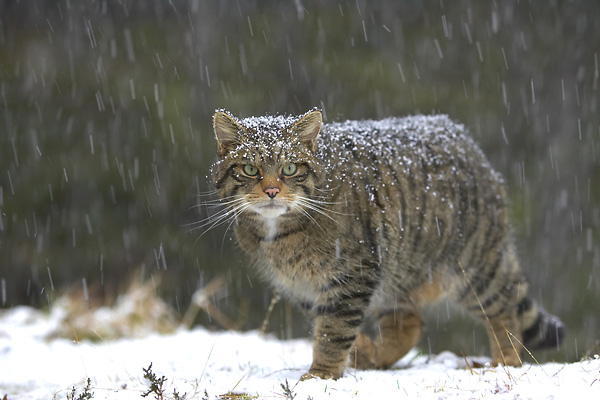
Hands up if you know what a Scottish wildcat is? Most
of us know a fair bit about the problems facing polar bears, gorillas
and tigers. But what about our very own native cat– Britain’s own tiger
– the Highland Tiger? Now there’s an animal in serious trouble.
To find out why, we need to go back a few thousand
years. Wildcats colonised Britain after the Ice Age, over 9000 years
ago, when there was still a land bridge to the Continent. They are
therefore, one of our ‘native’ cats along with the long-extinct lynx.
Wildcats then followed the spread of suitable habitat and prey so that
by the time Britain became an island, they occurred over its length and
breadth. During their millennia of isolation, ‘our’ wildcats evolved to
become what many consider to be a separate subspecies: Felis
sylvestris grampia.
Loss of forest habitat, hunting for their fur and
persecution ensured that by the late 19th century, wildcats in Britain
were found only in remote parts of the Scottish Highlands and only there
in very low numbers. They began to recover after the First World War and
spread quickly across northern Scotland but by this time, domestic cats
had become widespread and the principal threat that faces wildcats today
- that of inter-breeding with domestic cats – began to take hold.
So what’s the difference between the two? As a
subspecies of the European wildcat, the Scottish wildcat is the largest
and most powerful of all wildcats, a trait not lost on Highland clans
who adopted the animal as a symbol of ferocity and independence. The
animal lounging on your sofa however, originated from the smaller
African wildcat which, with human help, has spread throughout the world.
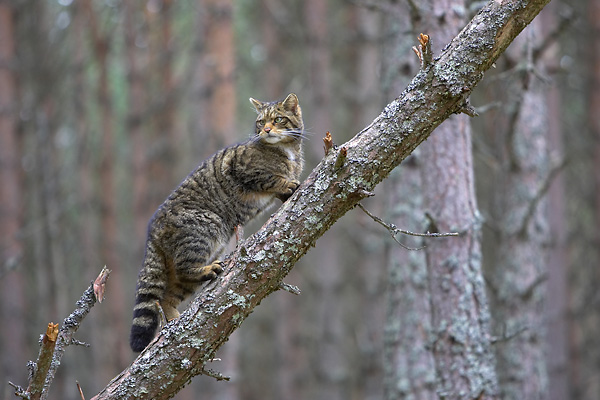
It is believed that domestic cats have lived
alongside humans for over 2000 years in Scotland – but not on the scale
that exists today. There are thought to be 9 million domestic cats
throughout the British Isles – twice the figure of 30 years ago and a
statistic of some significance to wildcat conservationists.
Apart from differences in genetics and temperament –
wildcats are considered to be untameable – there are visual differences
between the two, the most obvious being a distinctive bushy ringed tail
with a blunt black tip.
So that’s the history done, what’s the situation
today? The Scottish wildcat has become extremely rare. It’s much rarer
than the Bengal tiger. In fact, experts believe there could be as few as
400 left in the wild. Yes, just 400! This makes the wildcat probably
Britain’s most endangered mammal.
Unlike other high-profile species that have benefited
from well-funded conservation campaigns, the wildcat has strangely never
had an organisation willing to champion its cause. Red squirrels,
capercaillie and sea eagles have become the wildlife equivalent of The
Beckhams but the wildcat has simply slipped off our radar. Until now.
The Cairngorms Wildcat Project, branded as
Highland Tiger is a unique initiative to safeguard the Scottish
wildcat in the core of its existing range. Through its partner
organisations and a long list of wide-ranging supporters, the project
hopes to stem the genetic dilution of wildcats and establish a core
population from which a long-term future for the Scottish wildcat may be
secured.
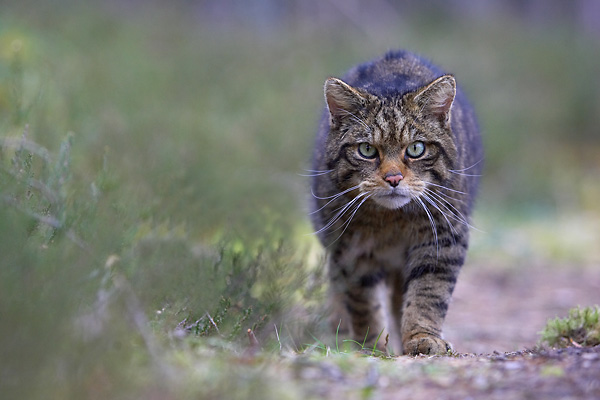
There are practical aspects to the project such as
research on distribution, working with land managers to ensure
wildcat-friendly predator control and involving local cat welfare groups
to encourage responsible cat ownership. As much as anything however,
wildcats need a PR makeover; they need to be brought into the public
consciousness; people need to find relevance and therefore value in this
cultural icon. The wildcat needs people to care about their
Highland Tiger.
But why bother? Good question! Firstly the Scottish
wildcat is Scotland’s only remaining native feline. As a predator, it
plays a crucial role in our ecosystems. It is rooted in Scotland’s
natural and cultural heritage, an untameable spirit admired by the
people of the Highlands for centuries. The wildcat is everything it is
to be wild. It is a creature to admire. To safeguard its future would be
something we can all be proud of. Letting it slip away is surely not an
option.
The Highland Tiger needs our help and fast so do
spread the word. Tell your family, friends and workmates about wildcats
- in fact anyone that will listen and even those that won’t. In fact,
especially those that won’t! We can all play our part in saving the
forgotten cat.
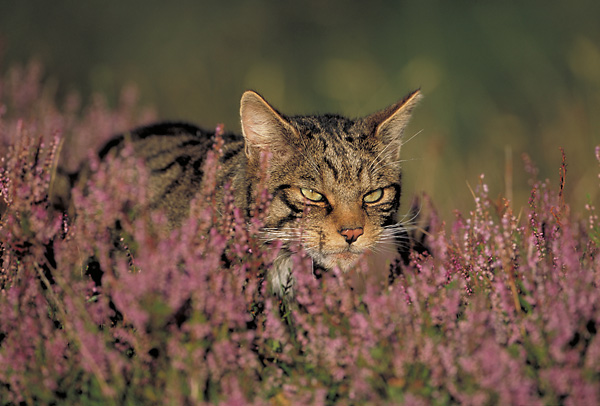
LEARN MORE ABOUT HOW YOU CAN HELP AT:
www.highlandtiger.com
TO ADOPT A WILDCAT GO TO
http://www.highlandtiger.com/help_adopt.asp
YOU CAN ALSO BUY WILDCAT GOODS AT
http://www.highlandtiger.com/store.asp
OR TO MAKE A DONATION PLEASE GO TO
http://www.highlandtiger.com/help_donate.asp
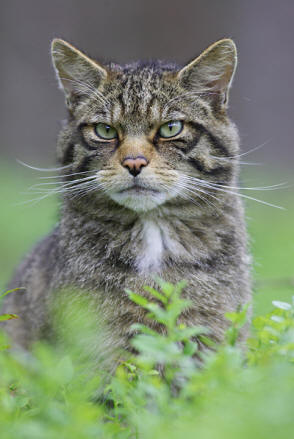
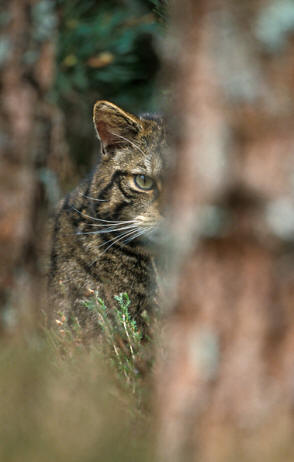
Cool facts
·
400 years
ago wildcats were numerous. Today, there are believed to be as few as
400 left.
·
Many people
living in wildcat country go their whole lives without ever seeing one!
·
Scottish
Wildcats are real powerhouses - pound for pound they are as powerful as
any cat alive.
·
Wildcat
myths claim them to be man-killers hanging from branches by their tails
waiting to pounce onto unsuspecting passer’s-by!
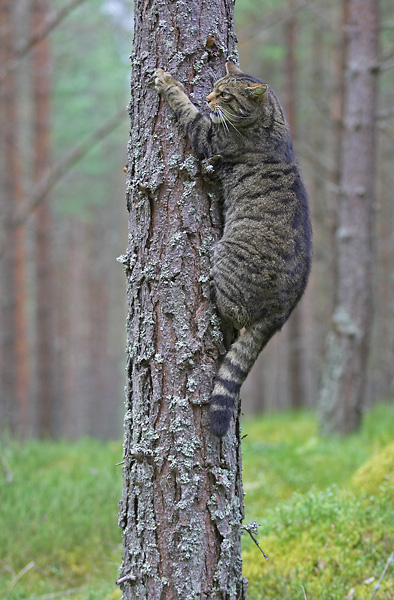
Quotes
"It would be tragic to lose wildcats when their
demise is preventable. However, there is hope for these fantastic
animals if we take action now and utilise the experience and expertise
that partnership working can offer.”
Roseanna Cunningham MSP
“The true Scottish wildcat plays an important role in
our rich rural culture, and gamekeepers are well aware of its
importance.”
Alex Hogg - Chairman of the Scottish Gamekeepers
Association.
“We simply have to know more about these shy, elusive
creatures, and we need to make the public aware of their dangerously
small numbers.”
Cameron McNeish, Author & Broadcaster
Electric Scotland Note:
We have started a thread in Community where we're supporting
this project to save our Scottish Wildcats at
http://www.electricscotland.org/showthread.php/314-Scottish-Wildcat |

